The Benefits of Cross Training for Runners
Rather than lacing up those running shoes, how about hitting the pool or going for a bike ride? Or if that seems impossible with the busy week ahead of you, then how else can you get moving? In this article, we will be defining cross training, discussing the benefits, and sharing tips on how to fit these sessions into your busy week.
What is Cross Training?
Cross training is simply defined as engaging in other forms of exercise or activity outside of your primary sport. Originally popularized by running, cross training can be applied to anyone for any sport, and can be timed with your sport’s “off season.” For instance, if you are a basketball player in the fall and winter, then your cross training could take the form of biking in the spring and summer to develop lower extremity muscles for running. Some sports inherently include “cross training”, such as triathlon, where a typical training week involves swimming, biking and running sessions. Ultimately, cross training facilitates balance in your training/sport schedule, and this structure is preventative to developing injuries.
What are the Benefits?
1). Use the same muscle group differently
If you are a runner, then you may have encountered sore muscles, irritable tendons, and common injuries such as shin splints. Cross training is shown to reduce incidence of these side lining injuries, while also improving the capacity of muscle groups.
Two favourite cross training activities amongst runners (especially here in Edmonton) are biking and cross country skiing. All of these aerobic forms of exercise involve simultaneous recruitment of multiple lower extremity muscle groups (such as glutes, hamstrings, and quads); however running is weight bearing in nature, whereas the latter are facilitated forms (cycling or being on skis) that recruit our joints and muscles differently. Another favourite of ours at Corona Physio is bouldering; aerobic exercise represents a nice cross-training activity to complement your climbing, as this strength-based sport primarily utilizes our anaerobic energy system. Take a look at your training schedule for the week, and see where you can substitute your primary activity with secondary/cross-training forms of exercise.
2.) Encourages training periodization
Periodization is the concept of structuring training so that high intensity periods are interrupted by lower intensity ones. Cross training beautifully meshes with this concept, as during your “off periods”, you can complement your training with other activities. An athlete cannot train at one discipline at high intensity for long periods, without risking injuries and burn-out. A structured training plan which defines the microcycle- that is, the basic training phase that repeats itself within an annual plan- will establish an appropriate work to rest ratio, so that the physiological adaptation you are looking for can be achieved. For instance, if your goal is to break 50 minutes for a 10 km run, then your microcycle may focus on endurance 3 work-outs a week and speed 1 work-out a week, with weight work-outs on non-running days. Whatever the activity is that you are passionate about, talk to either a Physiotherapist or coach to help define your training microcycle and how to incorporate cross training into this plan.
How to Incorporate Cross Training into a Busy Schedule
Most of us wear multiple hats during the week- parent, partner, colleague to name a few- and coming up next are some tips to integrate cross-training sessions into your week.
1). Plan your commute:
Do you live within a 15 minute driving distance from your workplace? Consider a new set of wheels for your commute, and hop on the bike rather than getting into your car. It has been shown that people who actively commute have improved exercise capacity and lower rates of type 2 diabetes, cancer, and cardiovascular disease.
When observing the percentage of the population that actively commutes to work, one country in particular stands out- Denmark. Denmark purports up to 20% of the population using cycling as a primary mode of transportation, whereas this is only embraced by 4% of Canadians for traveling small distances. Beyond numerous health benefits, cycling is also an effective way at reaching 150 minutes of moderate to vigorous physical activity, which is the minimum level of exercise recommended by the World Health Organization for adults aged 18-64. Furthermore, cycling is effective at improving cardiovascular fitness and strength, and functions great as a cross training activity.
2). Take “movement snacks” during your day:
In comparison to previous generations, today’s workforce has become increasingly sedentary. Combined with the post-pandemic trend of “working from home”, there are fewer reasons to move than ever before. To break this up, think about getting up to grab a snack- except it’s movement instead of chips! For instance, this could be as simple as running up the stairs while at work, or taking 5 minute stretch sessions every hour.
Low cardiorespiratory fitness is a powerful predictor of health outcomes, including an increased risk for developing diabetes, hypertension, and frailty with advancing age. A recently published study in the rigorous scientific journal Nature Medicine demonstrated that taking short, vigorous bouts of physical activity is associated with a substantially reduced mortality risk compared to none. Not only will frequent “movement snacks” make your training more effective, but they will reduce the incidence of commonly encountered “postural stiffness” such as a sore back and neck from long hours at a desk.
3). Short can be effective:
Between finishing your day’s work and looking after the kids, you may only have 30 minutes to yourself or less on any given night. A short and intentional session, can be just as effective as a longer session. In fact, shorter work-outs at a higher intensity are shown to be more effective on outcomes of body mass index and strength compared to longer and lower intensity sessions. The brand H.I.I.T (high intensity interval training) capitalizes on this, and at home work-outs can be modelled after this (i.e. 10 minute core set with squats and lunges). This concept can be compared to studying for a test; our retention is better if we distribute the work across frequent/shorter sessions and when it comes to performance, training parallels this. There is physiological benefit to distributing training across multiple days rather than “cramming” into 1 long session.
Now you have some strategies on how to incorporate cross-training into your schedule, and the knowledge on how substituting exercise into your day can be an effective way to achieve this while also reaping numerous health benefits. If lack of time is a barrier to engaging in physical activity outside of your organized sport, consider integrating physical activity into your daily routine.
If this article sparked any questions, the Physios at Corona Station Physical Therapy would love to chat with you more on how to incorporate cross-training and exercise into your daily life!
Written by Elani Bykowski, MScPT





